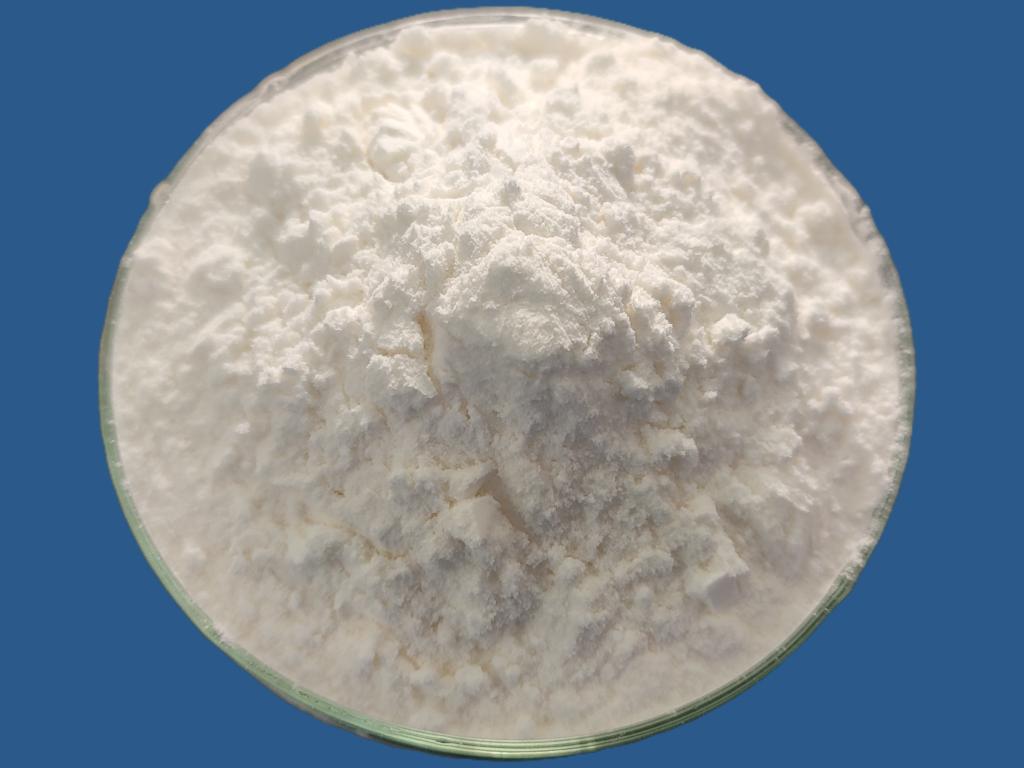Tel:+8618231198596

News
 CONTACT
CONTACT
 CONTACT
CONTACT
- Linkman:Linda Yao
- Tel: +8618231198596
- Email:linda.yao@dcpharma.cn
- Linkman:CHARLES.WANG
- Department:Overseas
- Tel: 0086 0311-85537378 0086 0311-85539701
News
Current Position:
Home >
News
>ε-Polylysine Hydrochloride in the Fight Against Antibiotic Resistance
ε-Polylysine Hydrochloride in the Fight Against Antibiotic Resistance
TIME:2024-01-12
Antibiotic Resistance: A Global Health Crisis:
Antibiotics revolutionized medicine and significantly improved life expectancy by treating bacterial infections. However, overreliance on antibiotics, inappropriate use, and the emergence of resistant strains have led to a global health crisis. Antibiotic resistance occurs when bacteria evolve mechanisms to withstand the effects of antibiotics, rendering these drugs less effective or completely ineffective. The consequences of antibiotic resistance include increased morbidity, mortality, and healthcare costs, highlighting the urgent need for alternative antimicrobial strategies.
The Mechanism of Action of ε-Polylysine Hydrochloride:
Understanding the mechanism of action of ε-polylysine hydrochloride is crucial to appreciate its potential in combating antibiotic resistance. ε-Polylysine hydrochloride is a cationic polymer derived from natural sources, primarily produced by Streptomyces albulus. Its antimicrobial activity stems from its ability to disrupt the cell membranes of bacteria, fungi, and other microorganisms. This disruption leads to membrane permeabilization, leakage of cellular contents, and eventual cell death. Importantly, ε-polylysine hydrochloride's mode of action is not easily susceptible to resistance development, making it a valuable alternative in the face of antibiotic resistance.
Applications in Combating Antibiotic-Resistant Strains:
ε-Polylysine hydrochloride holds promise in various applications aimed at combating antibiotic-resistant strains across different sectors. From medical to agricultural settings, its versatility and potent antimicrobial properties make it a valuable tool in addressing the challenges posed by resistant bacteria.
a. Medical Applications: In healthcare, ε-polylysine hydrochloride can be incorporated into wound dressings, medical coatings, and drug delivery systems to prevent and treat infections caused by antibiotic-resistant bacteria. Its broad-spectrum activity and lower likelihood of resistance make it an attractive option for innovative medical interventions.
b. Food Preservation: Antibiotic-resistant bacteria in the food chain pose a risk to human health. ε-Polylysine hydrochloride has demonstrated efficacy in controlling bacterial growth in food products, offering a natural and safe alternative for food preservation. Its application in food preservation aligns with consumer demands for clean-label and sustainable options.
c. Agricultural Practices: In agriculture, where the use of antibiotics in animal feed contributes to the development of resistant strains, ε-polylysine hydrochloride can serve as a bio-based alternative. Its antimicrobial properties can help control bacterial infections in animals, promoting animal health and reducing the need for antibiotics in agriculture.
d. Environmental Applications: Antibiotic resistance can also manifest in environmental settings. The incorporation of ε-polylysine hydrochloride in water treatment processes and environmental remediation efforts can contribute to reducing the dissemination of antibiotic-resistant bacteria in natural ecosystems.
Challenges and Considerations:
While ε-polylysine hydrochloride shows promise in combating antibiotic resistance, several challenges and considerations must be addressed for its effective implementation.
a. Formulation Optimization: Formulating ε-polylysine hydrochloride for specific applications and ensuring its stability under various conditions are ongoing challenges. Optimizing formulations to maintain efficacy in different environments is crucial for its successful deployment.
b. Regulatory Approval: Achieving regulatory approval for the use of ε-polylysine hydrochloride in various applications requires rigorous testing and compliance with established standards. Collaborative efforts between researchers, industry stakeholders, and regulatory bodies are essential to navigate the approval process.
c. Consumer Acceptance: Educating consumers about the benefits of ε-polylysine hydrochloride and dispelling misconceptions is vital for its acceptance. Transparent communication regarding its natural origin, safety, and effectiveness is crucial to building trust.
d. Collaborative Research: Further research is needed to explore the full potential of ε-polylysine hydrochloride in different applications. Collaborative efforts between researchers, industry partners, and regulatory agencies are essential to advance our understanding of its capabilities and limitations.
Future Perspectives:
The future outlook for ε-polylysine hydrochloride in the fight against antibiotic resistance is promising. Ongoing research and development efforts are likely to lead to innovations in formulations, delivery systems, and applications. The integration of ε-polylysine hydrochloride into multidisciplinary strategies, combining its antimicrobial properties with other approaches, holds potential for more effective and sustainable solutions to address antibiotic resistance.
a. Nanotechnology and Delivery Systems: Advances in nanotechnology may facilitate the development of enhanced delivery systems for ε-polylysine hydrochloride. Nanoparticle formulations could improve the stability and controlled release of the polymer, optimizing its efficacy in various applications.
b. Combination Therapies: Exploring combination therapies that leverage the synergistic effects of ε-polylysine hydrochloride with other antimicrobial agents or treatments may lead to more robust strategies against antibiotic-resistant bacteria.
c. Precision Medicine: Tailoring the use of ε-polylysine hydrochloride based on the specific characteristics of bacterial strains or patient populations represents an area for future exploration. Precision medicine approaches may optimize the effectiveness of ε-polylysine hydrochloride in combating antibiotic resistance.
d. Global Collaboration: Given the global nature of antibiotic resistance, international collaboration is essential. Collaborative initiatives involving researchers, healthcare professionals, industry stakeholders, and policymakers can facilitate the development and implementation of ε-polylysine hydrochloride as a global antimicrobial solution.
Conclusion:
ε-Polylysine hydrochloride emerges as a promising ally in the ongoing battle against antibiotic resistance. Its natural origin, potent antimicrobial properties, and versatility make it a valuable candidate for various applications across medical, agricultural, and environmental sectors. While challenges exist, ongoing research, formulation optimization, and collaborative efforts can pave the way for the successful integration of ε-polylysine hydrochloride into multidimensional strategies to combat antibiotic-resistant bacteria. As the global community strives for innovative solutions to address antibiotic resistance, ε-polylysine hydrochloride stands at the forefront, offering a bio-based and effective alternative to traditional antibiotics.
- Tel:+8618231198596
- Whatsapp:18231198596
- Chat With Skype







